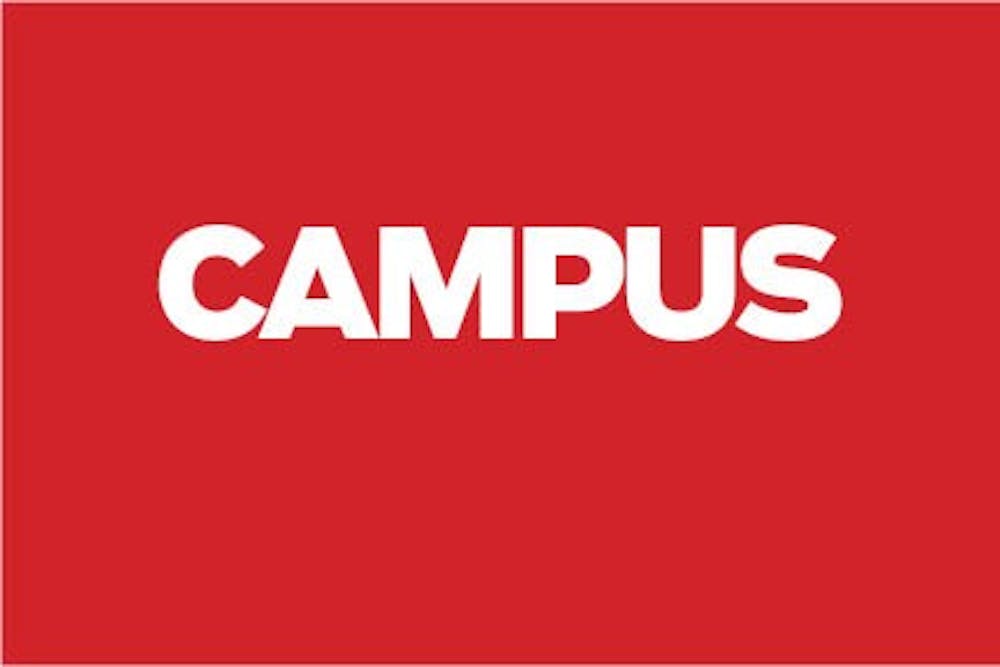With the creation of the new engineering department, researchers in various fields have the opportunity to work with engineering faculty to create solutions to real-world problems.
Faculty in the neuroengineering specialization are using collaboration to pave the way for solutions in neuroscience, medical practice and other fields.
John Beggs, associate professor of physics, said it’s a massive task to start a new program.
“It takes vision, commitment and energy,” Beggs said.
Sharlene Newman, associate professor of psychology, will be working with the neuroengineering faculty.
Her research explores the potential relationship between neuroengineering and brain imaging.
Newman studies the technique of MRI. At her imaging facility, she said there’s a growing interest in using computational approaches to brain imaging at IU.
Eleftherios Garyfallidis, assistant professor of engineering, fits really well with the team, Newman said.
Garyfallidis’ research uses computational approaches such as software with algorithms that improve diffusion MRI.
These new computational approaches would use techniques from mathematics and computer science to interpret MRI signals and create two- or three-dimensional images of the brain without harming the patient.
The work allows neurosurgeons to perform operations with greater precision and therefore minimizes harm to the patient, Garyfallidis said.
“By creating the maps before the surgery, we give humans a better idea of how the structure of the brain is going to be operated,” he said.
Beggs, whose expertise is in physics, might be working with faculty in neuroengineering to develop solutions for real-world issues, including prosthetic limb development.
Beggs cultures brain tissue and studies its responses through electrical currents. This provides model tissue engineers can use in their work.
Engineers could use this model tissue to understand how to develop prosthetic limbs.
Through collaboration with neuroengineering faculty, Beggs can develop his science research into practical solutions.
Garyfallidis also sees the importance of collaboration with researchers from other disciplines, and even created a software project that allow scientists from across the globe to share their work in a more centralized place.
A lot of the big problems in the world rely on collaboration between disciplines, Newman said. Her work and the work of others provide the theoretical bases of solutions, but it’s often up to engineers to implement their theories in concrete solutions.
“(MRI work) relies heavily on engineering and physics,” Newman said. “Without that group of people, then we are limited in how far we can push our research.”






